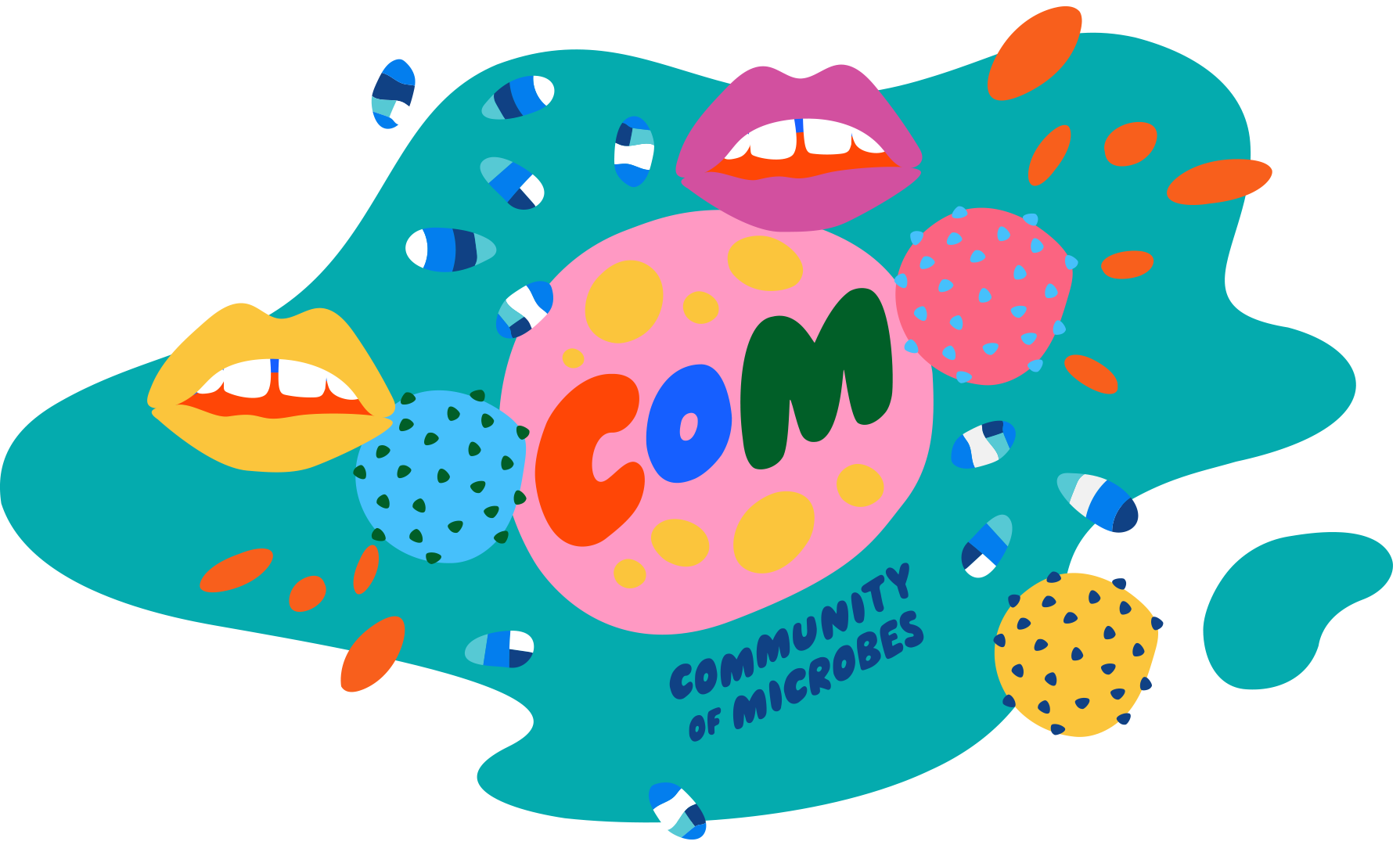
Shower
Temperate with frequent downpours, and filled with toxic vapors; to a microbe the shower is filled with habitats that cycle between monsoon rain showers, and dry deserts. While the wet pipes provide an easy space for a microbe to glide, swim, or squirm its way around, their travels are full of turmoil. Free from rotting food, old logs, or even the nutrients in soil, the shower is a wasteland with few nutrients, protein, or sugar sources. As if that wasn’t bad enough, it’s frequently flushed with toxic cleaning agents used by humans to keep disease-causing microbes out of our water systems. Those microbes that can survive here exist at low numbers and are the creative survivors who have learned how to make their own food in unique ways, or scavenge on what little exists. The shower environment can contain hundreds of different species of microbes.

The Players
Mycoplasma species. While most of the microscopic life that lives around us is harmless, or even helpful, some species can cause disease. It’s becoming clearer that in certain people who are immunocompromised, Mycoplasma bacteria can cause respiratory diseases. Found in the soil and even in the shower, each Mycoplasma cell is extraordinarily tiny--even for a microscopic creature--measuring just 1/10th the size of an average bacterial cell. Some species of Mycoplasma uniquely have the ability to glide about in order to “move” by a spreading motion.

Sphingomonas species can be found in many different environments because, like their other shower-loving microbe friends, they can survive in nutrient sparse environments and even use toxins as a food source (yum!). Truly crafty in its ability to transform material like a microbial alchemist, some of the species within this genus (in other non-shower environments) produce gellan gum, a stabilizer and emulsifier food additive that helps us make Orbitz pearls, Soylent 2.0 and other vegan, halal or kosher foods used as a gelatin alternative.

Methylobacteria species. Like many of the bacteria in showers, they are particularly good at living in nutrient-sparse habitats where other life forms would starve. They are able to eat molecules like methanol that other microbes can not and survive some chlorine treatments that kill other microbes. Some of these species will grow in globs together and produce the pink pigment people are familiar with seeing in their showers or toilets. These carotenoids are the same molecules that give flamingos their pink color, but here they help the microbe survive toxic environment

Caulobacter species has two developmental stages, one is a traveler, and one is a homebody. We first meet Caulobacter in a swimming lifestage where it is moving around the water, and then it moves onto a stage where it will attach to the hard surface, grow a long stalked cell, then divide into a second cell that becomes a swimmer again as the cycle continues. It has been a research organism for scientists to study the process of aging because while we are very different from our microscopic cousins, some of the molecular machinery that is involved in the aging of microbes is the same molecular machinery involved in human aging.

